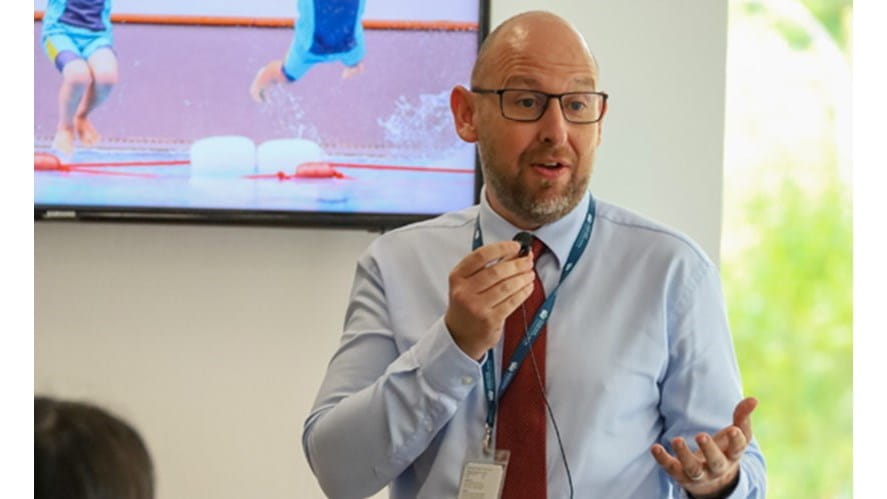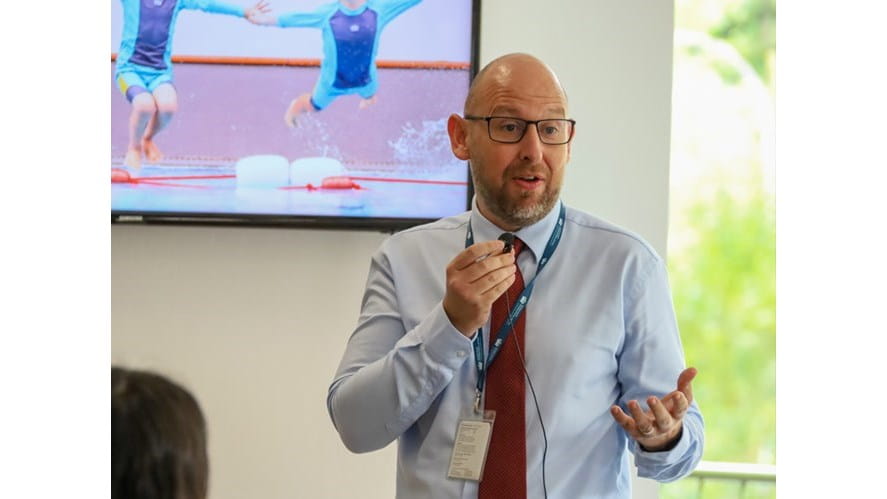We use cookies to improve your online experiences. To learn more and choose your cookies options, please refer to our cookie policy.
Join Dover Court this January!
Limited places still available in select year groups - Enquire Today

"As a school, Dover Court prides itself on its approach to inclusion. Our mission states that we are a community with inclusion at its heart. However, more powerful than the words within our mission statement is their enactment." Dave Buckley, Head of Primary talks about a changing world, international schools and their guiding statements, and how Dover Court celebrates 50 years of inclusion.

This year marks the 50th Anniversary of Dover Court International School. This is, of course a major milestone and according to our friends at Wikipedia makes Dover Court the 8th oldest international school still operating in Singapore. Whilst Dover Court has been serving families for the last five decades, the world (and Singapore) has witnessed some major changes: The global population has almost doubled. Global temperatures have been on the rise (despite the first UN world conference on the environment being held in Stockholm in 1972), and we have gone from using rotary telephones attached to land-lines, to carrying smart-phones with instant access to a world of information.
It could be argued that Singapore has seen more change than most, transforming “from third world to first” in one generation’ (Yew, 2000 p1), receiving international accolades for its national education system as a ‘Top Performing Country’ (NCEE, 2021), and being recognised as ‘one of Asia’s great success stories’ (OECD, 2010 p160).
According to the International School Advisor, 2022, there are now over 57 international Schools in Singapore. This increase mirrors the global rise of international schools over the last 20 or so years, with the total number of international school students increasing from 1 million in 2000 to 5.7 million in 2021. Whereas in 1972, the majority of international schools were located in Europe, Asia now plays host to 57% of the >13,000 international schools worldwide (ISC research 2021).
Although the growth of this sector of education has been significant and rapid, we have to recognise that international schools cannot necessarily be grouped as a homogenous whole. There can be many differences regarding curriculum, settings, approaches, admissions criteria and values. However, with so many international schools and so much choice, it may be hard for prospective parents or colleagues to decide between each school to establish points of difference and what makes them unique.
A quick audit of international school guiding statements on their websites will often return ideological-driven values, such as global citizenship, international mindedness and intercultural understanding, advocating for diversity, equity, justice and inclusion (even in the most exclusive settings). However, the interpretation and enactment of these in practical terms may look very different from school to school.
This isn’t a challenge exclusive to international schools. 92 governments and 25 international organisations met at the UNESCO Conference in Salamanca, Spain 1994. Here they agreed to advocate and promote inclusive education for all (UNESCO, 1994 piii). However, it is understood that there is still not a singular agreed perspective and understanding of what inclusion means or how it is to be enacted (Booth and Ainscow, 1998).
As a school, Dover Court prides itself on its approach to inclusion. Our mission states that we are a community with inclusion at its heart. However, more powerful than the words within our mission statement is their enactment. We believe that we have a very special and unique approach to inclusion. We have built a team of skilled professionals to enable us to welcome students with diverse needs and talents. A school that can be many things to many students, where all benefit from a strong sense of belonging as part of our diverse student body.
This is the current legacy of our first 50 years, and something we are very proud of. However, despite this, we know that we cannot rest on our laurels. As a community we continue to explore possibilities for improvement, creating inclusive cultures, producing inclusive policies, and evolving inclusive practices. This is what makes Dover Court a special place to learn and work, as we continually strive to deliver on our promise, to enable every student to thrive, flourish and expand their potential.
Dave Buckley
Head of Primary